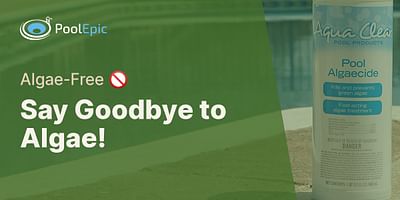Derek Fisher is a fitness trainer who advocates for aquatic exercises as a fun and effective way to stay in shape. He often uses inflatable pools for his training sessions, and he has a wealth of knowledge about the best pool options for different fitness levels. Derek's articles are a great resource for anyone looking to add a splash of fitness to their pool time.
Hey there! I'm Derek Fisher, and I'm here to help you find the best material to put around your above ground pool. When it comes to creating a beautiful and functional pool area, choosing the right material is key. Not only will it enhance the overall look of your pool, but it will also provide a safe and comfortable surface for you and your family to enjoy. So, let's dive right in!
One popular option for above ground pool landscaping is to use pavers or concrete. These materials are durable, low-maintenance, and can withstand the weight of the pool. Plus, they come in a variety of colors and styles, allowing you to create a customized look that complements your outdoor space. Just make sure to properly level the ground before installing pavers or concrete to ensure a smooth and even surface.
If you're looking for a more natural and eco-friendly option, consider using gravel or mulch. Gravel is a great choice as it provides excellent drainage and prevents the growth of weeds. It also adds a touch of elegance to your pool area. On the other hand, mulch is a softer option that offers a cushioned surface for walking and lounging. It also helps to retain moisture in the soil, keeping your plants happy and healthy.
Another fantastic material to consider is rubber or foam pool decking. These materials are specifically designed to provide a non-slip surface, making them perfect for pool areas. They are also comfortable to walk on and can help to reduce the risk of injuries. Additionally, rubber and foam decking come in various colors and patterns, allowing you to create a unique and eye-catching pool area.
Now, let's talk about the base for your inflatable pool. It's essential to prepare the ground properly to ensure a stable and level surface. Start by clearing the area of any debris, rocks, or sharp objects that could potentially puncture the pool. Next, you can use a tarp or ground cover to protect the bottom of the pool from any rough surfaces. A heavy-duty tarp or pool ground cover will provide an extra layer of protection and help to prevent leaks or tears.
If you want to go the extra mile, you can also consider adding a layer of foam or padding underneath the tarp. This will provide additional cushioning and insulation for your pool, making it more comfortable to sit and play in. Just make sure to choose a foam or padding material that is waterproof and resistant to mold and mildew.
So, there you have it! Whether you prefer the elegance of pavers, the natural look of gravel or mulch, or the safety of rubber or foam decking, there's a material out there that will suit your needs and style. And don't forget to properly prepare the ground for your inflatable pool by using a tarp or ground cover, and consider adding a layer of foam or padding for extra comfort. Now go ahead and create the pool area of your dreams!















